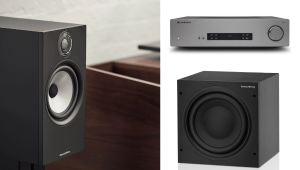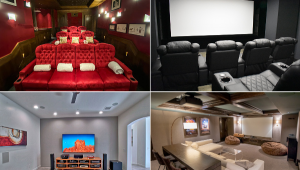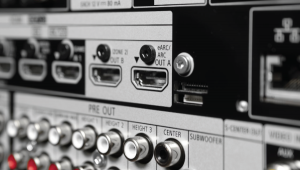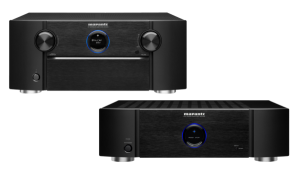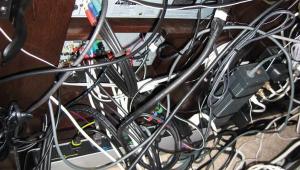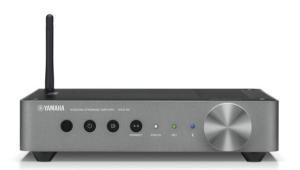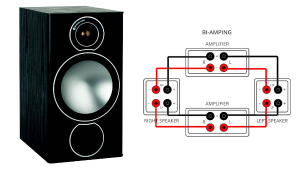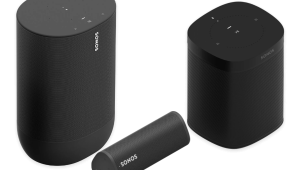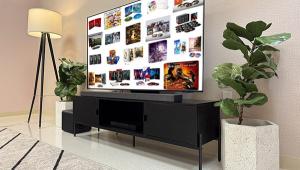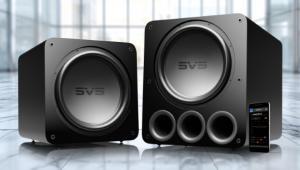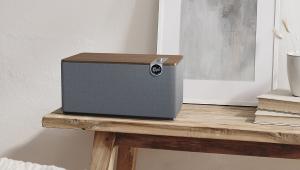Plasma Break-In, AVR Upgrade, Frame Interpolation

I recently purchased a Panasonic TC-P54V10 plasma TV along with a Panasonic DMP-BD60 Blu-ray player. I was thinking of getting a professional ISF calibration on the plasma, but my sales rep said that I should wait about 200 hours before having it done since the gas needs to settle (or something like that). Do you agree?
By the way, is a professional calibration done only once on a plasma TV, or is it something that needs to be redone every so often?
Antonio Giaccio
I agree that letting the plasma "settle" before getting it calibrated is a good idea, but 200 hours is a bit excessive. We normally display a 60% full-screen white field for a couple of dayssay 50 hoursbefore we calibrate for a review. I think 50-100 hours is fine. And you don't need to display a white field for that amount of time, but it's important to display full-screen HD images, not 4:3 SD or letterboxed movies. And no static images; all the pixels need to be active with moving images during the break-in period.
If you have the TV calibrated after breaking it in as described above, there should be no need to redo it periodically.
Pioneer All The Way
I have a Pioneer Elite plasma TV with a new Pioneer Blu-ray player and an older Pioneer receiver. I am thinking about purchasing a new receiver to take full advantage of the audio from the Blu-ray player.
1. Is it worthwhile to upgrade to a new receiver that decodes Dolby TrueHD and DTS-HD? Will there be a noticeable difference in audio quality?
2. I will probably go with another Pioneer receiver. Is it worth the extra money to get something from the Elite line? I'm looking at the VSX-21TXH or the non-Elite VSX-819H.
3. Most of the TV usage in my household is watching cable. Will we notice any difference in the quality of the TV audio with the new receiver?
Vince Cerami
Does your current receiver have HDMI inputs? If so, it can probably accept PCM multichannel audio from the Blu-ray player. And since the BD player is new, I assume it can decode Dolby TrueHD and DTS-HD to PCM. If so, you won't hear a significant improvement in audio quality by upgrading the receiver to one that can decode those formats. In fact, I prefer to have the player do the decoding and send PCM to the receiver anyway, since that lets you hear any secondary audio, which you can't if you send the undecoded bitstreams. If your current receiver does not have HDMI inputs, I would definitely upgrade, but I would still have the player do the decoding and send PCM.
I don't have much experience with Pioneer non-Elite receivers. Home Theater's review of the VSX-1019AH is very positive; it got a "Top Pick" nod. Personally, I really like the Elite SC-05, 07, and 09, but they are much more expensive. In general, the Elite line should sound a bit better than the non-Elite line, but that difference is probably pretty small in the overall scheme of things. The bigger advantage is the Elite line's expanded feature set.
You won't notice much difference in TV audio with a new receiver.
Seething Hatred
I absolutely hate the new LCD motion-processing technology (120Hz and 240Hz frame interpolation) that is being jammed down the throats of consumers. I think it makes everything look like it was shot on home video, even the most beautiful Blu-ray picture. Soon, I'll have the responsibility of buying a friend a new HDTV, and I want to avoid this image-ruining process, but I'm limited to what local stores carry. Can this technology be turned off on most makes and models? I would rather have the image look a little blurry, as film always does, than have it look like video.
Steve Hawco
You're not alone in your hatred of this technology, though I'm not sure I'd say it's being "jammed down the throats of consumers." Fortunately for you, it can be disabled in every such set I've looked at. Of course, this will make objects in motion look blurrier than they would if it was on, but you say you'd rather see that than the video-like image.
For people like you, I recommend getting a plasma, which has excellent motion sharpness without frame interpolation. In addition, the picture looks much better than LCD if you're sitting at an angle to the screen. Yes, plasma consumes more power than LCD, and the glass is more reflective than most LCDs, which could be problematic in a well-lit room, but in my view, it produces a better overall picture. From the models we've see so far, the current Panasonic plasmas are excellent.
If you have a home-theater question, please send it to scott.wilkinson@sorc.com.


